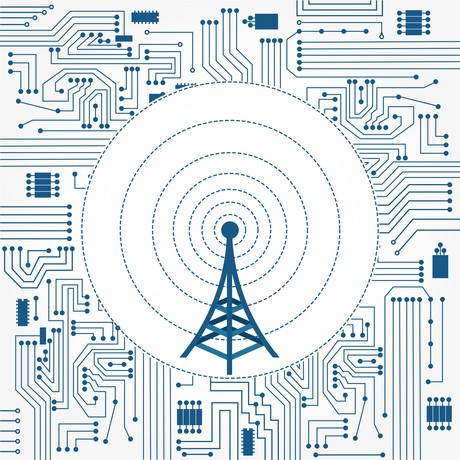New 4G small cells for mobile blackspots

Mobile phone coverage will be improved for regional Queensland communities, with the installation of 39 new 4G small cells to take place over the next year.
The installation will occur as part of the Mobile Black Spot program (MBSP), which is co-funded by the Queensland Government and Telstra.
“Mobile phone black spots have been a huge concern for many regional communities, with poor coverage presenting serious safety concerns,” said Minister for Innovation, Science and the Digital Economy Leeanne Enoch.
“From farm and road accidents to natural disasters, bushfires and floods, it is critical we stay connected.”
The Department of Science, Information Technology and Innovation (DSITI) worked closely with local councils and Telstra to identify, expand and improve mobile phone coverage and promote digital connectivity.
“Other locations to receive the 4G cells include Rosedale, Bororen and Burnett Heads — areas that have previously suffered from limited-to-no mobile phone coverage,” said Enoch.
A small cell is a miniature version of a standard mobile base station. Each small cell will provide 4G mobile connectivity over a coverage footprint of approximately 200 to 300 metres.
The 4G small cells will deliver coverage to hundreds more premises — and are in addition to 144 mobile base stations already secured.
The mobile base stations secured under MBSP will provide coverage to more than 20,000 premises, including houses, businesses, schools and government offices.
Telstra Area General Manager May Boisen said the small cells will open digital doors in mobile black spots.
“As the carrier with the nation’s largest mobile footprint and the first to bring 4G mobile services to regional Australia, we know how important high-speed mobile is to local communities and businesses,” Boisen said.
“In many of these town centres, you currently can’t even make a voice call, so the recent enablement of Voice over LTE (VoLTE) on our small cells is also an exciting addition.
“Customers with compatible handsets and devices will not only be able to make calls in the region for the first time, they’ll be clearer and connected faster, all while continuing to use fast mobile internet.”
For more information and a map of 4G small cell and mobile base station locations, visit www.qld.gov.au/MobileCoverage.
Perth's new rail network control centre ready for operations
The new control centre, which covers roughly 1000 m2, will be responsible for...
5G mmWave extended to 14 km in nbn field trials
Live field trials of 5G mmWave technology in parts of the nbn Fixed Wireless network achieved...
Mavenir and Terrestar achieve NTN Voice over NB-IoT call
The achievement was conducted over a 3GPP-standardised NTN S-band spectrum, avoiding interference...





